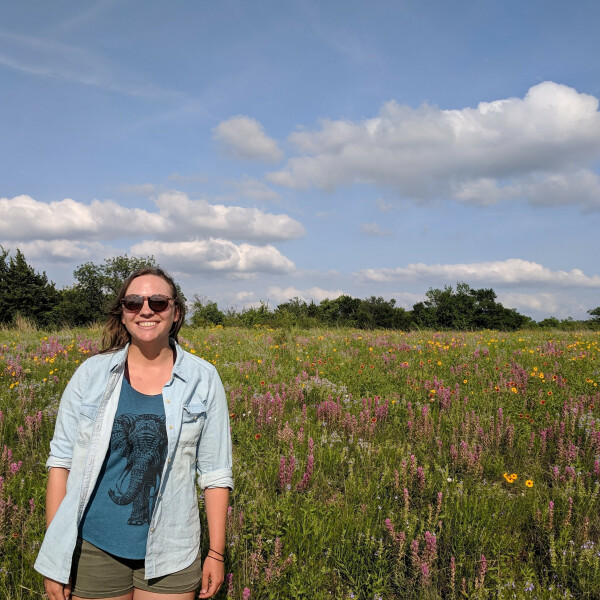
Growing apart?: Documenting range-wide floral variation to investigate a possible pollinator shift in Castilleja sessiliflora 2016
Genetics Lab and Field
Genetics, Plant Systematics & Florisitic, Reproductive Biology
The adaptation of plants to different kinds of pollinators is considered a driving force of the floral diversity seen among angiosperms. Shifts between pollinators that are accompanied by changes in floral traits provide a key opportunity to investigate the role of pollinators in driving floral trait evolution. Many studies of pollinator shifts, however, fail to address changes in pollinators across the entire range of a plant species, and few studies have examined shifts that are ongoing within a species. Studying ongoing pollinator shifts will shed light on the mechanisms underlying these transitions and how they may lead to reproductive isolation and speciation. One such ongoing shift may be occurring in Castilleja sessiliflora, or downy Indian paintbrush. Castilleja sessiliflora is characterized by white flowers throughout its wide range (northeastern Illinois to eastern Montana and south to Texas and New Mexico) and is known to be pollinated by hawkmoths. However, substantial variation in floral traits exists within this species, namely the production of red-to-purple flowers, which are thought to be restricted to the southwestern portion of the range. Because hummingbird pollination is associated with red flowers and is common in the genus Castilleja, it is possible that the floral variation seen in C. sessiliflora represents adaptation to different groups of pollinators—hummingbirds in the southwest and hawkmoths to the north and east. This project will involve both field (sampling populations across the species range to document floral traits) and lab work (measuring floral characters and performing genetic analysis) to document floral variation across the range of C. sessiliflora. In doing so, this study will investigate whether geographic variation in floral traits reflects divergent selection on flowers following a possible shift from hummingbird to hawkmoth pollinators--a key question in plant evolution and reproductive ecology.




